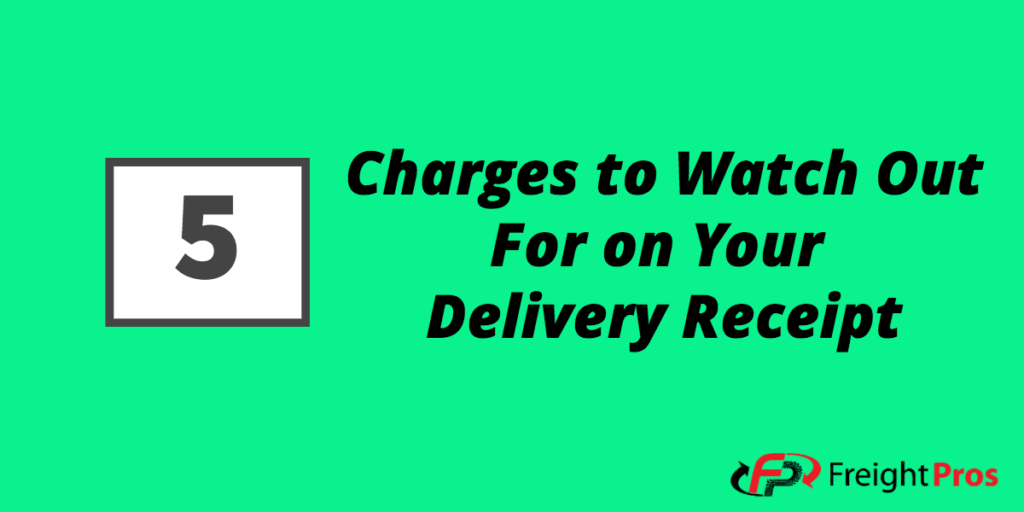At one point or another, we’ve all signed something without actually knowing what we’re signing. I’ll admit I don’t always read the terms and conditions when updating my iPhone, and quite frankly, who does?
How To Ship An Engine
When it comes to signing a Proof of Delivery, however, you should be sure to look through it carefully to confirm any additional services that were or were not used. While it is not nearly as long or tedious as terms and conditions, many people still sign and accept the freight without really looking over it.
This can be costly for all parties involved if a service you sign for was not on the original Bill of Lading. While not all PODs look exactly the same, most LTL carriers have similar services listed that can be checked by the driver.

Normally, in addition to signing your name on the bottom of the POD, you are supposed to initial next to any additional services performed.
Unfortunately, we have found that sometimes the pressure of getting a million things done all at once (we can relate) can cause mistakes. Drivers are making pickups and deliveries all day while you, the customer, are also probably very busy!. This can cause commotion on both ends, and things can easily get overlooked.
The problem is that the consignee is rarely responsible for the additional charges that might be signed for on a POD. We run into this again and again when it comes to something like concealed damage. That’s why it’s very important to educate your consignee BEFORE the freight is delivered about what the process will be like.
Will they need a liftgate? Will the driver be helping unload the freight in any form or manner?. By asking these questions in advance, and by making sure that the consignee and you are on the same page, you can cut down on additional charges on your invoice.
Below are the five most common additional services that are typically on a POD:
Lift Gate – Hydraulic lift on the rear of a truck used to unload freight. If you want all the details on liftgates, be sure to download our Guide to Liftgates Freight Paper.
Inside Delivery – The driver is only responsible for moving the freight off the truck. If the driver helps move the freight more than 5 feet away from the truck, even if it’s not “inside,” then an Inside Delivery fee may apply. Watch out for this one. The terminology can be misleading.
Limited Access (Residential) – This is up to the carrier’s discretion, however, there are locations that will always be deemed limited access. See our Limited Access Freight Paper. If a business is run from a home, or is in a residential area, carriers also may charge this fee.
Sort/Segregate – Certain locations may require a carrier to sort and segregate a shipment. This is additional handling beyond the normal duties of a driver that incurs an additional fee. This charge is especially prevalent in grocery stores or distribution centers.
Detention – With most LTL carriers, the first 30 minutes from when the driver arrives is free. Any additional time is subject to an additional detention fee.
So the next time you sign a POD when receiving your shipment, be sure to review it and see if any additional services listed are being used. If a service is pre-printed on the POD, then the service was most likely already known. However, if the driver makes an additional mark on a service then this will be an additional charge.